The Chain Saw is currently characterized by a dynamic competitive landscape, driven by innovation, sustainability, and technological advancements. Major players such as Stihl (Germany), Husqvarna (Sweden), and Makita (Japan) are at the forefront, each adopting distinct strategies to enhance their market positioning. Stihl (Germany) emphasizes product innovation and quality, focusing on high-performance chainsaws that cater to both professional and consumer segments. Meanwhile, Husqvarna (Sweden) is leveraging its strong brand reputation to expand its product line, particularly in battery-powered models, which aligns with the growing demand for eco-friendly solutions. Makita (Japan) is also investing heavily in research and development, aiming to integrate advanced technologies into its chainsaws, thereby enhancing user experience and operational efficiency. Collectively, these strategies contribute to a competitive environment that prioritizes technological advancement and sustainability.
In terms of business tactics, companies are increasingly localizing manufacturing to reduce costs and improve supply chain efficiency. This approach not only mitigates risks associated with The Chain Saw demands. The competitive structure of the Chain Saw Market appears moderately fragmented, with several key players holding substantial market shares. However, the influence of these major companies is significant, as they set industry standards and drive innovation, thereby shaping the overall market dynamics.
In August 2025, Stihl (Germany) announced the launch of its new line of battery-powered chainsaws, which are designed to meet the increasing consumer demand for sustainable and quiet outdoor power equipment. This strategic move not only reinforces Stihl's commitment to environmental sustainability but also positions the company to capture a growing segment of eco-conscious consumers. The introduction of these products is likely to enhance Stihl's competitive edge in a market that is progressively leaning towards greener alternatives.
In September 2025, Husqvarna (Sweden) unveiled a partnership with a leading technology firm to develop smart chainsaw solutions that incorporate AI for enhanced safety and efficiency. This collaboration signifies a strategic pivot towards integrating digital technologies into traditional equipment, potentially revolutionizing user interaction and operational safety. By embracing such innovations, Husqvarna is likely to strengthen its market position and appeal to tech-savvy consumers.
In July 2025, Makita (Japan) expanded its manufacturing capabilities by opening a new facility in North America, aimed at increasing production capacity for its chainsaw line. This expansion not only reflects Makita's commitment to meeting rising demand but also enhances its supply chain resilience. By localizing production, Makita can better serve its North American customer base while reducing lead times and shipping costs, thereby improving overall operational efficiency.
As of October 2025, the Chain Saw Market is witnessing trends that emphasize digitalization, sustainability, and the integration of advanced technologies such as AI. Strategic alliances are increasingly shaping the competitive landscape, enabling companies to pool resources and expertise to drive innovation. Looking ahead, it appears that competitive differentiation will evolve from traditional price-based competition to a focus on technological innovation, sustainability, and supply chain reliability. This shift suggests that companies that prioritize these aspects are likely to thrive in an increasingly competitive environment.


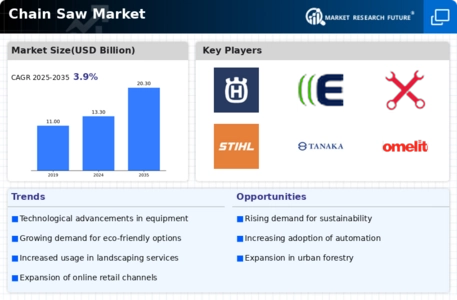
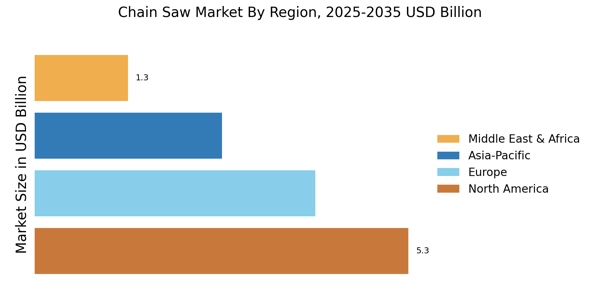
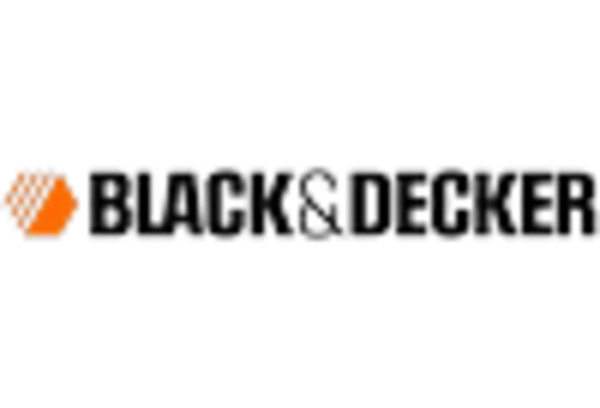



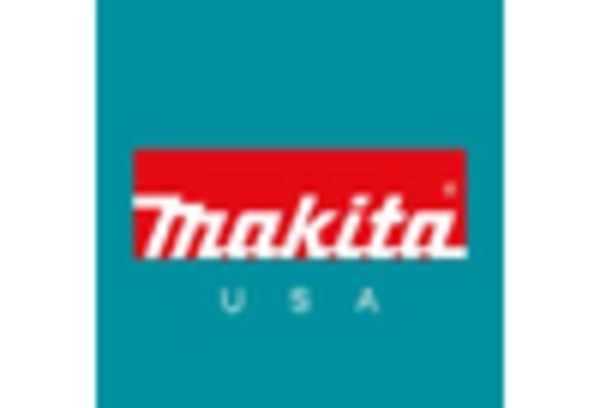
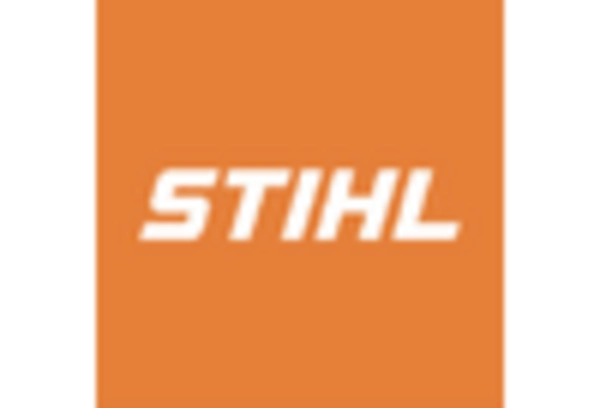








Leave a Comment